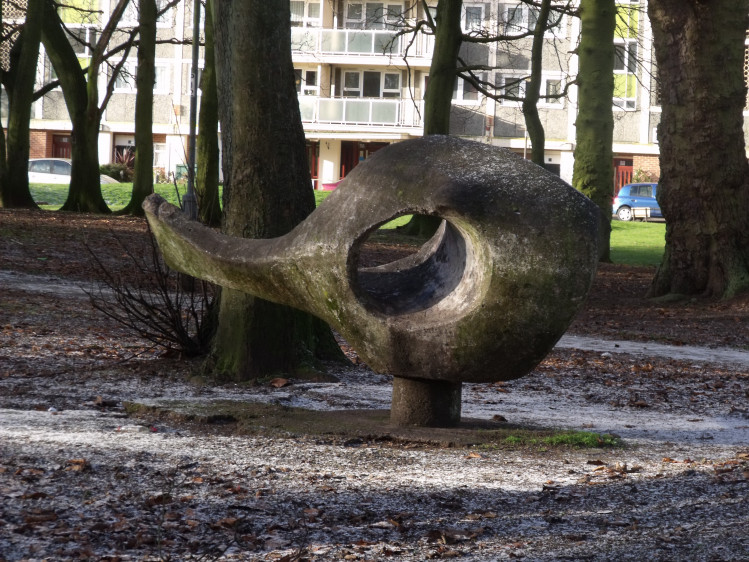Felixstowe history: The life of John Bridgeman
By Amber Markwell 1st May 2022
By Amber Markwell 1st May 2022

This article first appeared exclusively for subscribers in the Felixstowe Nub newsletter on Friday morning. Sign up for free today.
Felixstowe Nub News delves into the life of Felixstowe born sculptor John Bridgeman.
Born Arthur John Bridgeman in Felixstowe on February 2 1916, he was the oldest of three. His father was an NCO in the military police.
His artistic talent soon became apparent as his mother spotted his talent for drawing. His mother's belief in him led her to approach Sir Alfred Munnings, one of the most famous Suffolk artists of the day, who recommended he join the Colchester Art School.
At the young age of 14, he did just that.
Due to his talent, he was awarded a scholarship to the Royal College of Art but his subsequent studies were delayed until after World War II.
During his time in the war, he worked in the midst of the chaos in London at the time. He retrieved the dead from the bomb sites' rubble and helped those who were injured.
His experience in the war informed his later art work which reflected his assessment of the human condition.
In 1941, he married Irene Dancyger, a writer and journalist who worked for the BBC external services.

After his enrollment at the College, his artistic prowess continued to be recognised and was awarded the Otto Beit Award for Sculpture and a Rome Scholarship.
In 1956, he was appointed Head of Sculpture at Birmingham School of Art.
During his time at Birmingham, he taught many well-known sculptors such as Saleem Arif and Barry Flanagan.
Bridgeman was a pioneer of sculptural form, through his use of materials such as concrete and plastics. He also helped to create play sculptures for children in the new housing developments of Birmingham at Nechells Green, Lea Bank, Hawkesley Farm Moat, Turves Green.
A recurring theme in his later work was the lone female figure. Despite his failing eyesight and surviving several strokes, he still persisted in working with wax. His love for his work being so strong as to overcome these hurdles.
After his wife's death in 1983, he was deeply affected. At this time, his home at the rectory in Ufton was sold by the Church Commissioners which led him to move to Leamington Spa. Here he found profound solace in working with wax at home, swapping large-scale works for small bronze sculptures.
His love for artwork continued right through his life as he continued modelling.
He passed in 2004 in Warwick.
CHECK OUT OUR Jobs Section HERE!
felixstowe vacancies updated hourly!
Click here to see more: felixstowe jobs
Share:


